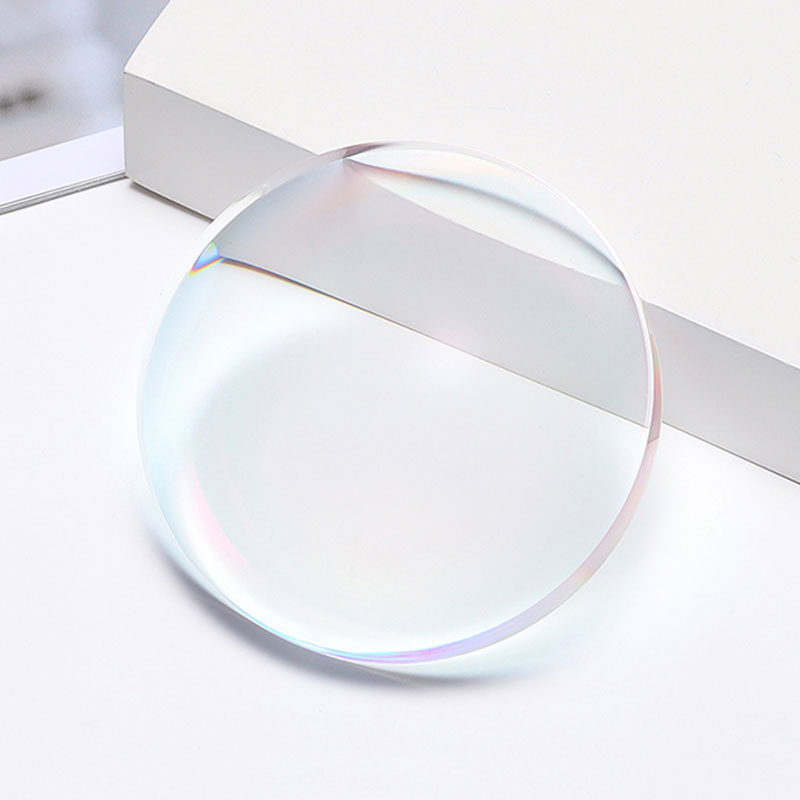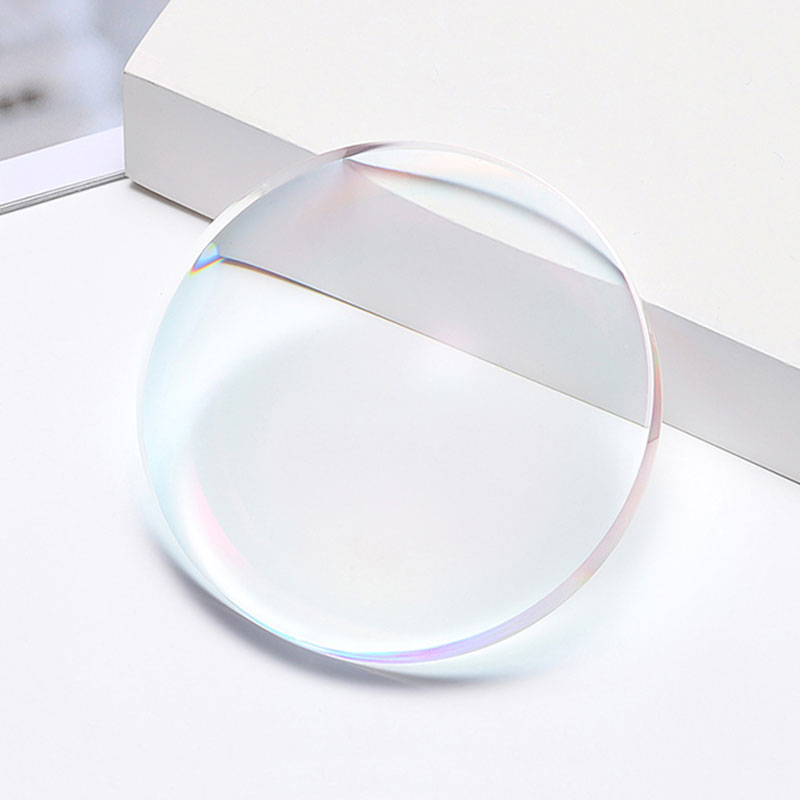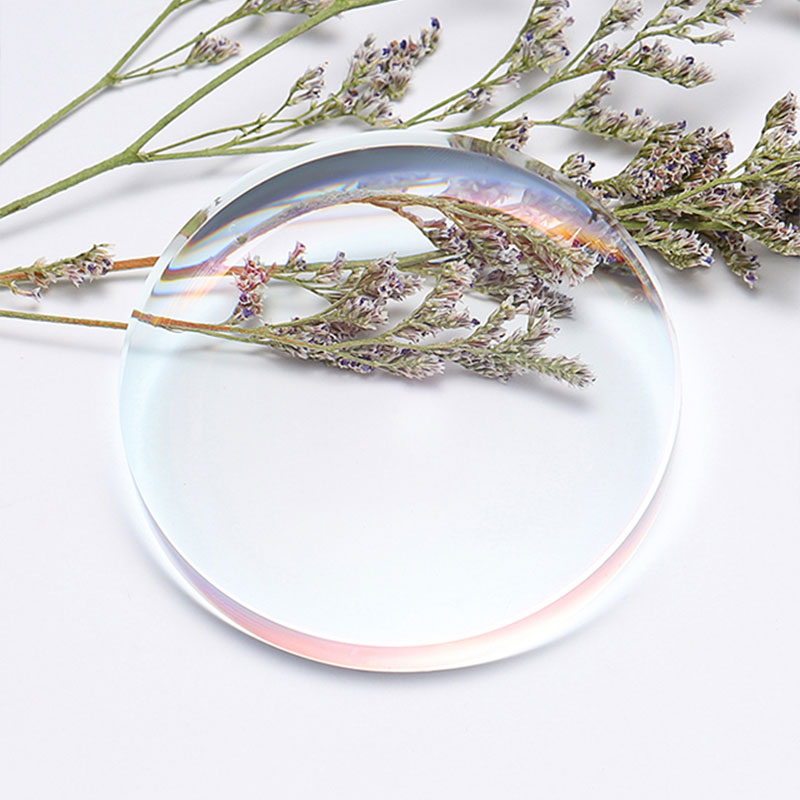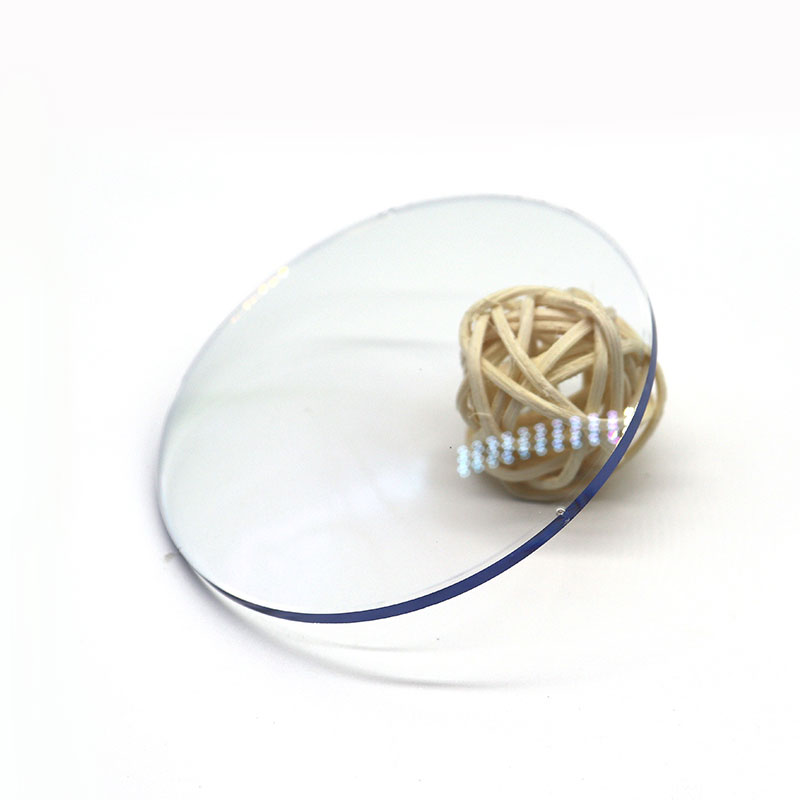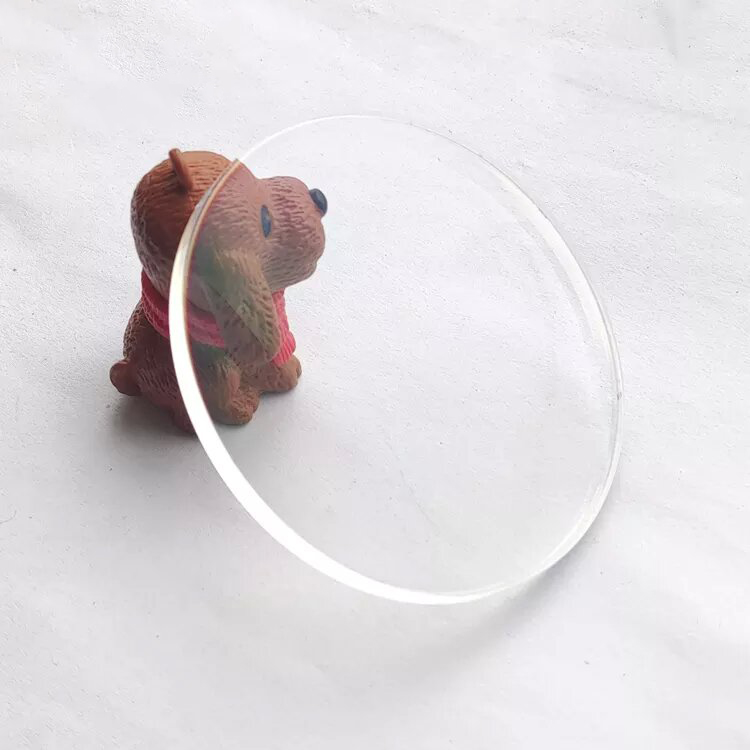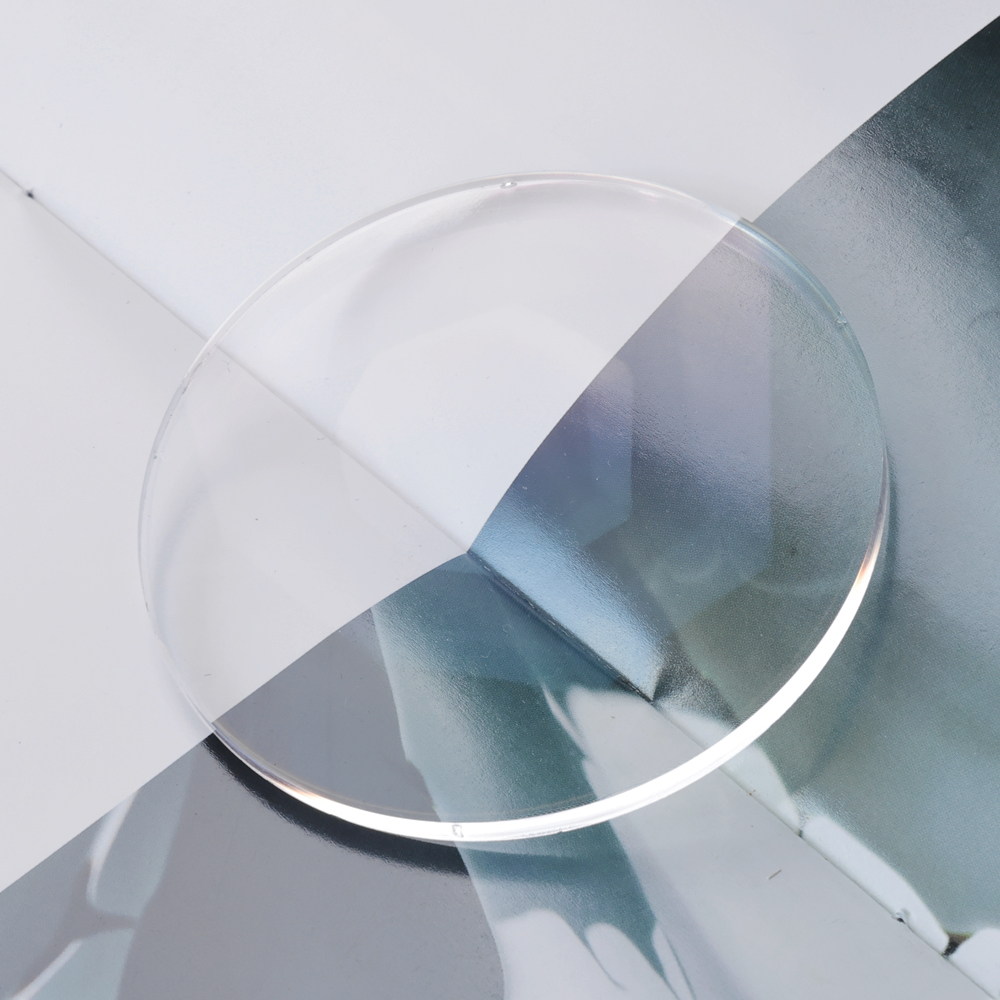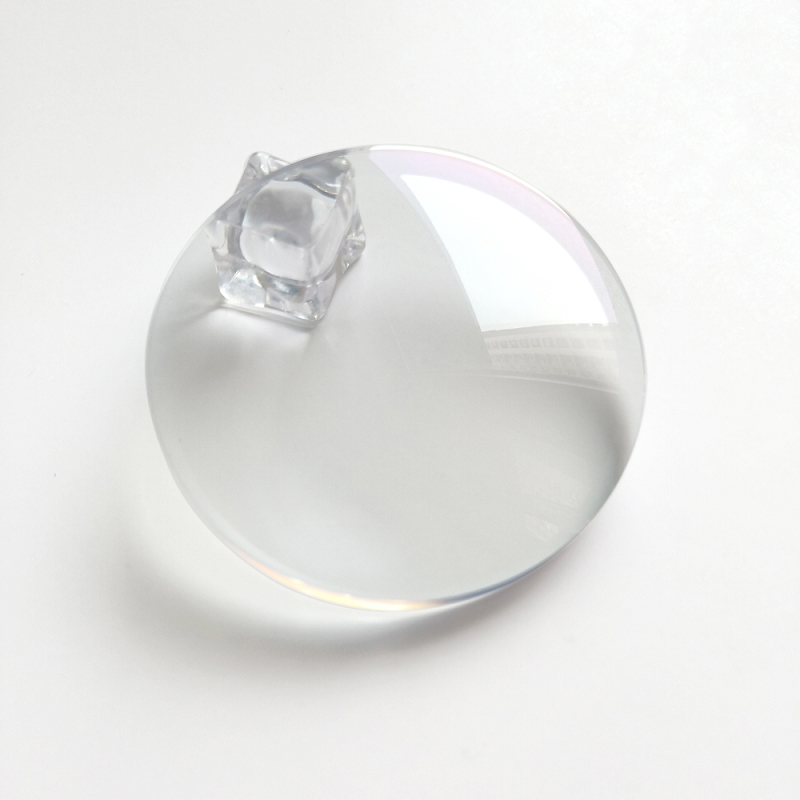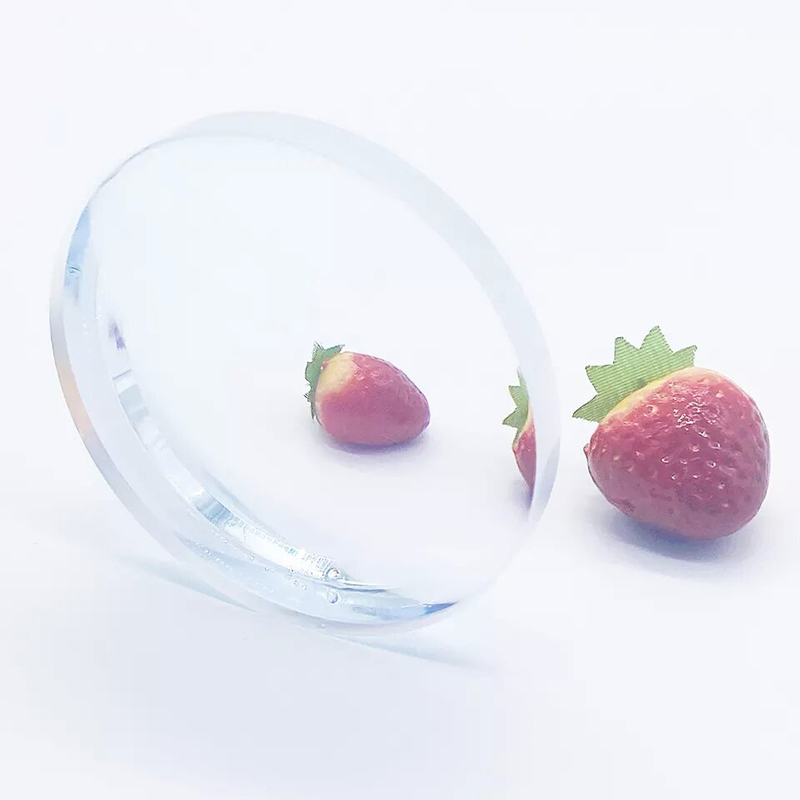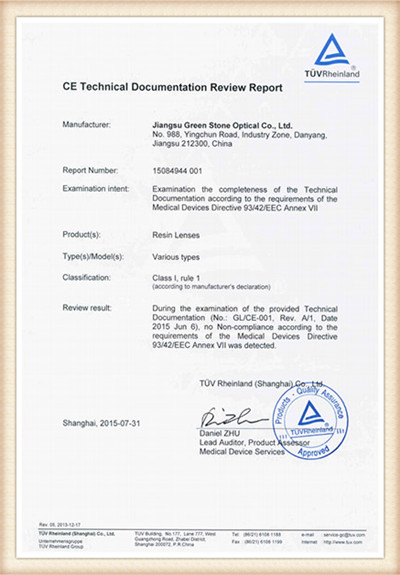Semi-Finished Lenses are the cornerstone of customized prescription (Rx) eyewear in the optical industry. For eyewear professionals, a deep understanding of the structure, functio...
READ MORE
1.74 Single Vision Lens SHMC
Single vision lens have only one prescription for farsightedness, nearsightedness, or astigmatism.
Most prescription glasses and reading glasses have single vision lens.
Some people are able to use their single vision glasses for both far and near, depending on their type of prescription.
Single vision lens for farsighted people are thicker at the center. Single vision lens for wearers with nearsightedness are thicker at the edges.
Single vision lens generally range between 3-4mm in thickness. The thickness varies depending on the size of the frame and lens material chosen.

-
-
Introduction to Core Concepts: The Purpose of Polarized and Photochromic Lenses Advanced lens technologies are designed to enhance visual comfort and protect the eyes from harmful ...
READ MORE -
Introducing Normal Lenses and Defocus Lenses In the fields of optics and image capture, the lens is a core component responsible for guiding and shaping light to form an image on a...
READ MORE -
Unveiling the Technology of Bifocal Lenses Introduction to Bifocal Lenses A bifocal lens is a powerful and time-tested solution in vision correction. Simply put, it is a corrective...
READ MORE -
Understanding Photochromic Lenses vs. Transition Lenses In the field of modern eye care, photochromic lenses are undoubtedly a prime example of providing convenience and eye protec...
READ MORE



 English
English Español
Español
